Chronicles
Trumpet Feature
-
Ships in 3 to 4 weeks
Details
Description
SKU: CN.06790
Trumpet Feature. Composed by Joseph Turrin. Score and parts. Duration 17:00. Published by C. Alan Publications (CN.06790).This work in many ways could be considered a concerto, if not in a strict sense of form, at least in expansiveness. The Prologue begins with a trumpet fanfare then becomes a mixture of pointillism versus lyricism. Lamentation consists of a haunting chorale as well as a lyrical trumpet melody. Epilogue is a rondo in 3/4 time with several sections leading to a last high staccato fanfare as the piece whirls to its conclusion.
I composed "Chronicles" during the summer of 1998. It is the second large trumpet work I have written for Philip Smith, the first being the Concerto for Trumpet commissioned by the New York Philharmonic in 1988. This work in many ways could also be considered a concerto, if not in a strict sense of form, at least in its expansiveness. The first movement (Prologue) has several thematic ideas that interweave throughout. There is a mixture of pointillism versus lyricism here along with a driving pulse create by running scale passages shared between soloist and ensemble. I also use a fanfare-like motif (as in the opening solo trumpet cadenza) which serves as a unifying force that reappears throughout. There is a quick coda, ending with a seven-bar chorale in which the solo trumpet recaps material from the opening cadenza. The second movement (Lamentation) begins with a chorale and consists of several contrasting sections: Section A, the opening chorale with the soloist entering in the latter half of the section. Following is Section B (a restless agitato). This section builds to a short climax which leads us to Section C (a plaintive melody in the clarinets followed by a building of tension in the brass). Section D follows (a lyrical trumpet melody with a steady ostinato accompaniment). There is a short trumpet cadenza followed by the return of the opening chorale. The movement slowly fades into silence. The last movement (Epilogue) is a rondo in 3/4 time. There are several sections, all of which lead to a trumpet cadenza. Following the cadenza is a fast coda bringing back material from the first movement. The solo trumpet states one last high staccato fanfare as the piece whirls to its conclusion. - Joseph Turrin.
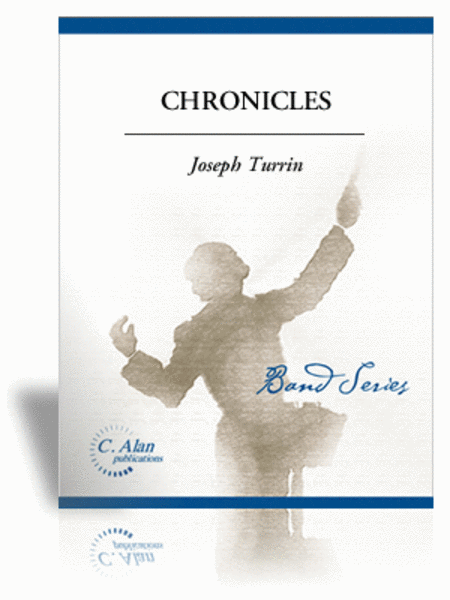
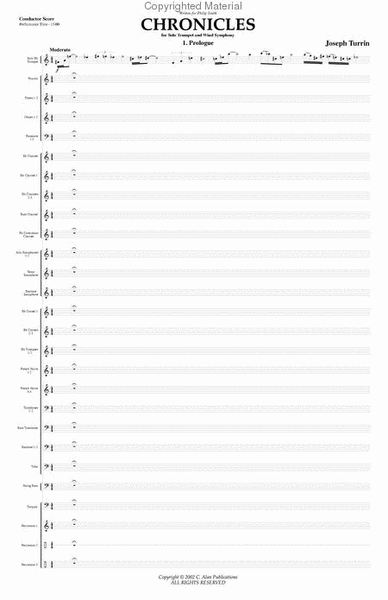
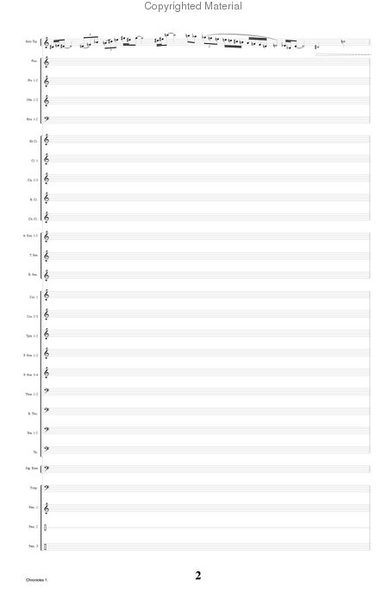
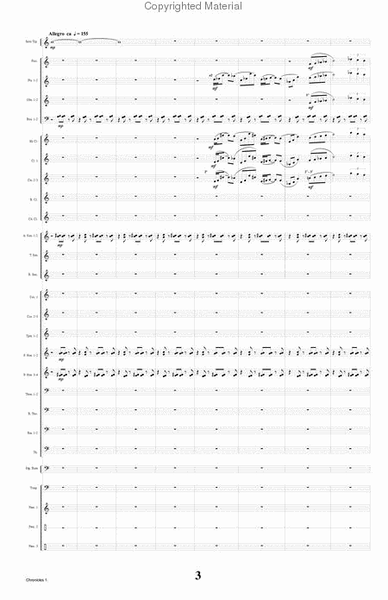
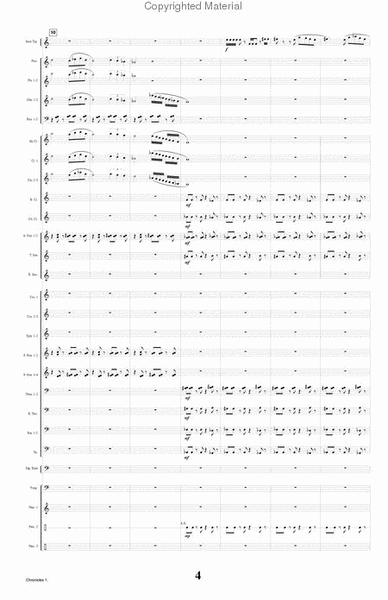
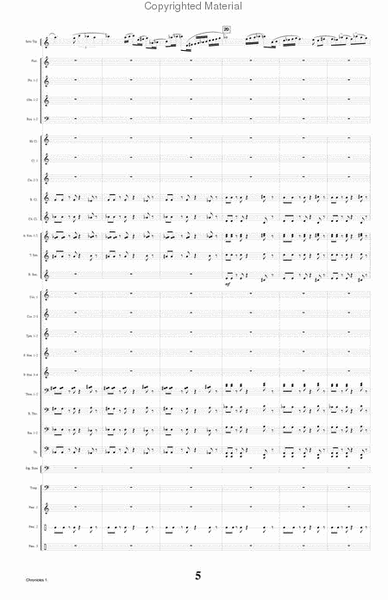
 Share
Share